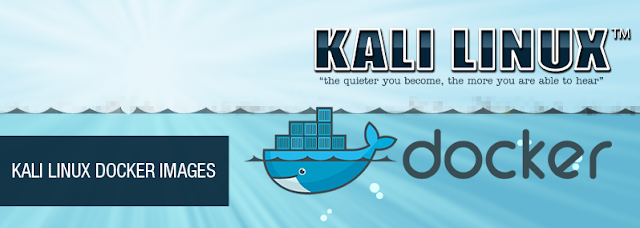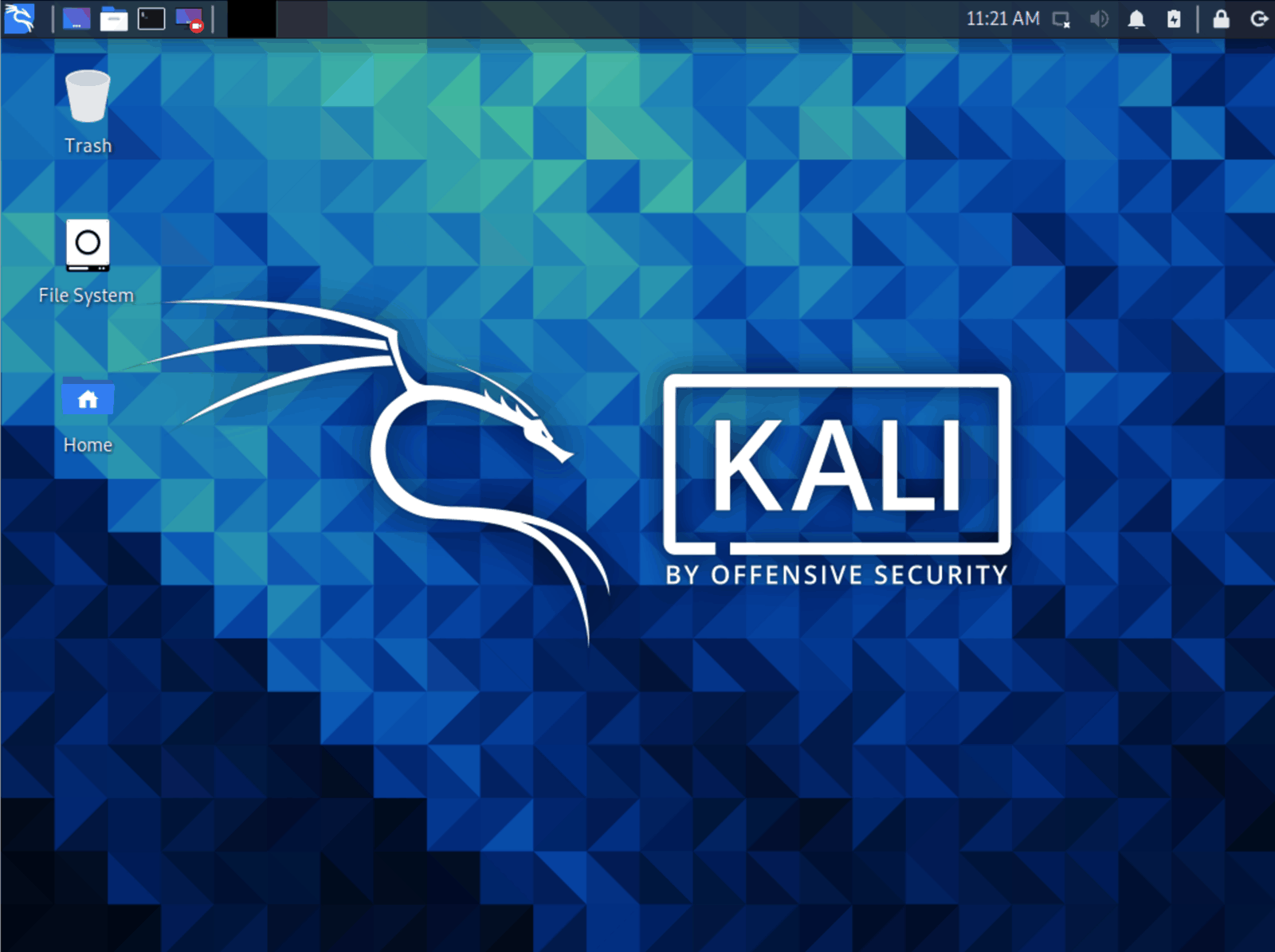

Sudo docker pull tleemcjr/metasploitable2 Sudo docker run -p 3000:3000 bkimminich/juice-shop Sudo docker run -rm -it -p 80:80 sagikazarmark/dvwa Docker Pull DVWA Script # How to Install docker on Kali Linux This isn’t an exhaustive guide, but it will get the docker instances up and running. I was checking out the new TCM web app course the other day (honestly i’ll write a review if I get time to finish it!) and it’s built around using docker for DVWA and OWASP JUICE SHOP so I figured I should write a quick blog about how to deploy these so people can get started learning in minutes.īut you don’t have to stop there, i’m sure there’s others you can use as well! Lots of them, but I tend to go full machines. We use GitLab CI to automate the build of our Docker images.I build VM labs. If you want to improve our official Docker images, have a look at the kali-docker project in our GitLab. It can be useful to rebuild (or do test rebuild of) Kali packages. kalilinux/kali-dev is an image tracking the kali-dev repository used by Kali developers to merge updates coming from Debian and changes maintained by Kali Linux.Might be useful to test some not-yet-ready updates uploaded to “kali-experimental” by Kali developers who are looking for feedback. kalilinux/kali-experimental is exactly like kalilinux/kali-rolling with the kali-experimental repository enabled.kalilinux/kali-bleeding-edge is exactly like kalilinux/kali-rolling with the “kali-bleeding-edge” repository enabled.2019.4, 2020.1, etc.) and will not get any update until the next release.Īnd those that you will likely not need except in very special cases: kalilinux/kali-last-release is built from the kali-last-snapshot repository, it is tracking the last versioned release (e.g.kalilinux/kali-rolling is the main image that you should likely use, tracking the continuously-updated kali-rolling package repository, just like the default images.

First those that you might reasonably want to use:

Here’s a quick review of the various images available (for more detailed information, see our branch page). You will need to apt update & apt -y install kali-linux-headless. Please note, all the images below do not come with the “default” metapackage. We offer various images to try and suit your needs, all with a different variation of Kali Linux as they use unique branches for the source. You can thus easily build your own Kali containers on top of those that we provide. Kali provides official Kali Docker images that are updated once a week on Docker Hub.


 0 kommentar(er)
0 kommentar(er)
